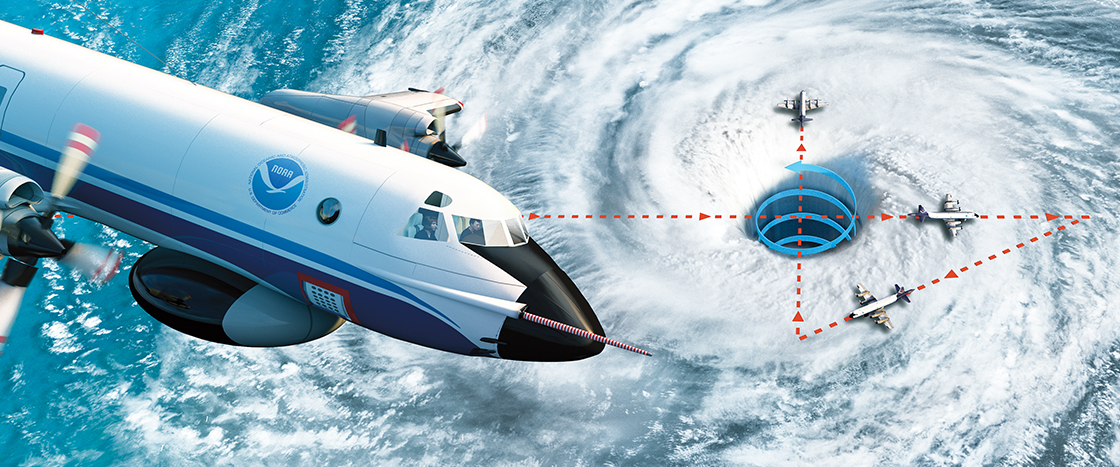Along the east coast of the United States, the months of June through
November are known as hurricane season. Each year during that time, an
average of 10 strong tropical storms and hurricanes barrel across the
Atlantic Ocean and the Gulf of Mexico. As the storms make their way
toward land, authorities urge residents in their path to leave the area.
At the same time, one group of brave researchers makes a bold move to help keep people safe. They board a plane and fly straight into the heart of the hurricane. “We don’t do it as a thrill ride,” says meteorologist Richard Henning. He’s part of the National Oceanic and Atmospheric Administration’s hurricane hunter team. This group of skilled pilots and scientists fly a plane equipped with high-tech devices. The data they collect can reveal how the storm will likely change—and where it will hit next.
Hurricane season lasts from June to November along the east coast of the United States. About 10 strong storms form each year during that time. The storms barrel across the Atlantic Ocean and the Gulf of Mexico. They sometimes head toward land. Officials warn people in the storms’ path to leave the area.
But one group of brave researchers does the opposite. They hop on a plane. Then they fly into the heart of the storm. They risk their lives to keep people safe. “We don’t do it as a thrill ride,” says Richard Henning. He’s a meteorologist.
Henning works for the National Oceanic and Atmospheric Administration. He’s part of the hurricane hunter team. It’s a group of skilled pilots and scientists. They fly on a plane with many high-tech devices. They collect data. The data can show how a storm will likely change. And it can show where a storm could hit next.

